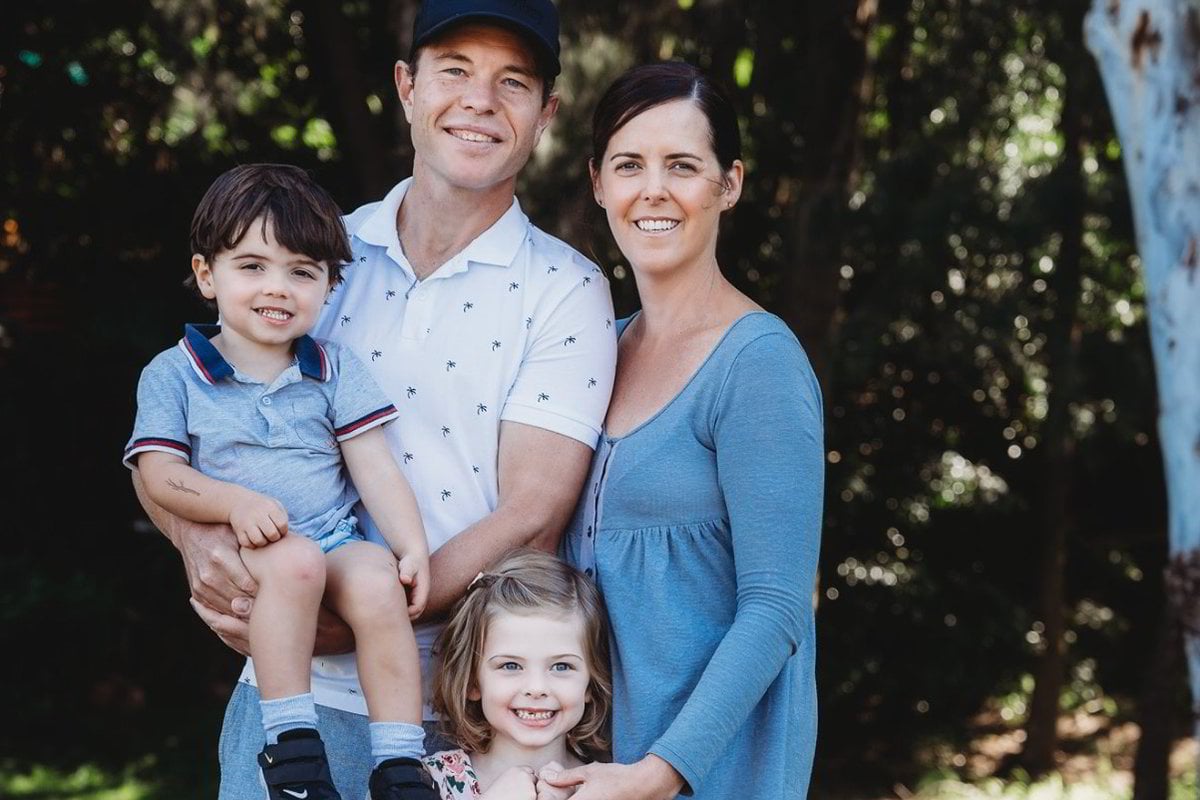
Author, podcaster and women’s health advocate Stephanie Thompson is passionate about bringing awareness to the pelvic health space, especially as this month is Pelvic Organ Prolapse (POP) Awareness Month.
Stephanie’s traumatic birthing experience nearly stopped her from having any more children. The injuries she suffered as a result of a vacuum and forceps delivery in October 2015 with daughter Elsie left Stephanie with a pelvic organ prolapse.
Watch: Questions About Childbirth. Post continues below.
This severe and life-changing injury means she cannot stand for longer than a few minutes, lift her children or any weight above five kilograms, and that she lives with chronic pain.
"After Elsie was born and for those first few months spent in agony, my husband Tom and I decided it was a 'one and we’re done' situation," Stephanie said.
"But then I remember one day looking at Elsie playing alone on the floor and thinking, but what about her? Perhaps she might like a sibling."
Once the couple made the decision to try for a second baby, Stephanie needed to unpack what had happened the first time to try to ensure it wouldn't happen again.




Top Comments